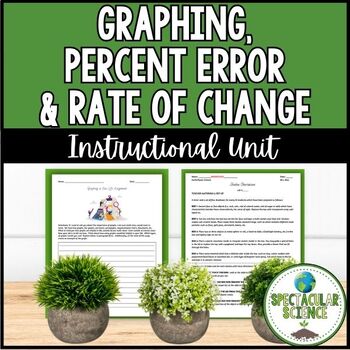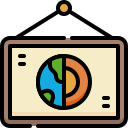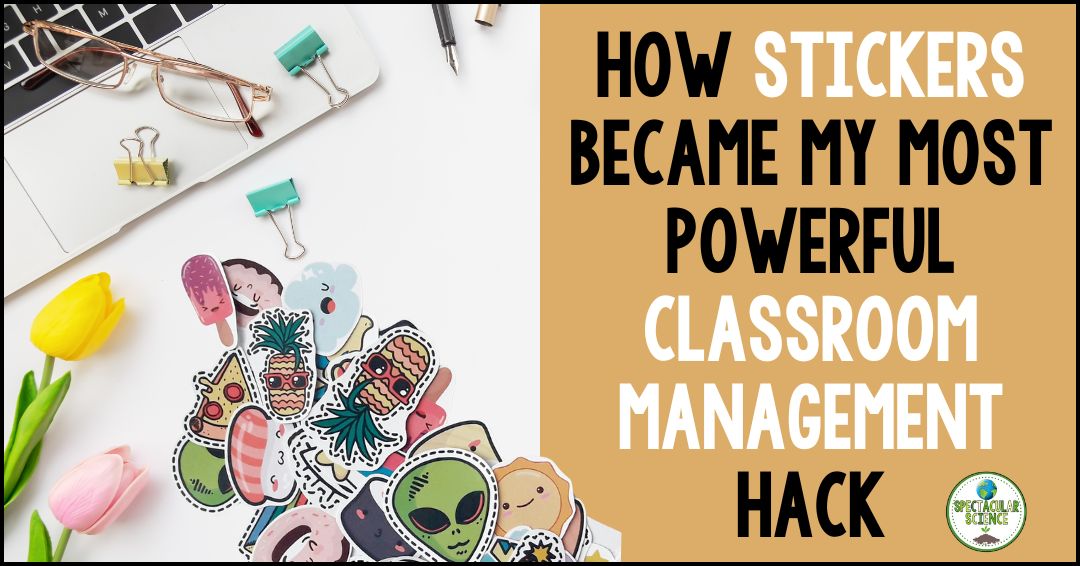
How to interpret data is important for both students and teachers. Data analysis and interpretation are key components of any science class, especially when working with the scientific method. We teach our students to gather necessary information, to analyze all components of their findings, and to draw conclusions prior to presenting their data in a logical manner. Below are my top 3 ways to teach students how to interpret data in the classroom.
Graphing in Your Life Assignment
Students are prompted to think outside of the science classroom and share how graphs could be helpful in their everyday lives. While this is not a straight-forward task for students, as graphs seldom appear for them outside of their science and math classes, it is an excellent opportunity for them to interpret data in their own lives.
Percent Error
In my class, we use the percent error formula to gauge how close a measured value is to an actual value. In doing so, students learn how precise their measurements are, which is important when organizing and presenting data. We use several practice worksheets which incorporate real-life examples, thus, students understand the value of measuring in a precise manner both in and out of the science classroom.
For example, what happens if a landscaping company estimated a palm tree that needs to be removed to be 10 feet tall, but when they arrived at the property to measure the actual height, they measured it to be 35 feet tall? Uh oh! This would impact the amount of time dedicated to the removal in addition to the cost of the removal.
Percent error leads our class into the concept of rate of change, both of which are important skills when interpreting data.
Design Your Own Graph Lab
I am deeply passionate about incorporating inquiry-based activities into my teaching, and this particular lab embodies that approach perfectly. I furnish my students with a wide array of materials, including marbles, tennis balls, straws, rubber bands, and plastic cups, among others. I present them with a broad objective: to utilize any or all of the provided materials in designing an experiment. Their ultimate aim is to determine the quantity of a particular task they can accomplish within different time frames.
At first, students might be frustrated with the lack of step-by-step directions. However, once they design their experiment and start testing it, the pride they exude is truly contagious. Finally, they graph and present their results to their peers.
Interested in using these lessons or others like them in your classroom? Find out more here:

How do you interpret data in your classroom with your students? Share your questions and ideas in the comments below.

















